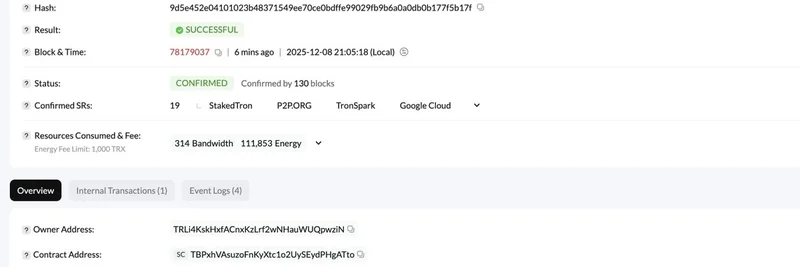In the fast-paced world of cryptocurrency, especially with meme tokens popping up like wildfire, finding the right one can feel like searching for a needle in a haystack. Every day, over 30,000 new tokens launch, and many have similar names, symbols, or even logos designed to confuse. Traditional search methods just don't cut it anymore—they rely on basic fuzzy matching sorted by things like verification status or liquidity, but that often leaves you scrolling endlessly.
That's where Scout.trade comes in with their groundbreaking solution: lightweight reinforcement learning (RL) for token search. Announced in a recent thread by @darkresearchai on X, this tech is now live and running right in your browser. No heavy servers or massive datasets required—it learns on the fly from how you and others interact with search results.
The Problem: Why Token Search is Tougher Than It Seems
Imagine typing in a ticker like $DARK, only to be bombarded with near-matches or unrelated results. Meme tokens, in particular, thrive on virality, becoming hot in minutes but often sharing traits with scams or duplicates. Time is money here—if you're not quick, you miss the pump. Scout highlights that users might only know a name or symbol, and with no contract address (CA) to pinpoint, searches need to be smart and adaptive.
How Lightweight RL Solves It
Reinforcement learning, in simple terms, is a type of AI that learns by trial and error, getting better through rewards and penalties. Scout's version is "lightweight" because it doesn't need pre-training or fancy hardware. Instead, it uses a small set of ranking strategies based on token features like verification, trading volume, market cap, liquidity, number of wallets, and trades.
Here's the magic: Every search teaches the system. If you click the top result, great—it reinforces that strategy. But if you pick something further down, the AI adjusts weights to prioritize what works better next time. This happens via a tiny genetic algorithm right in your browser, taking less than a millisecond. No extra network calls slow you down, and it starts learning from day one without any initial data.
They use something called UCB1 (Upper Confidence Bound) to balance trying new strategies (exploration) and sticking with winners (exploitation). Safety is baked in—verification is always a strong factor to avoid promoting shady tokens.
Technical Deep Dive from the Paper
Diving into the technical paper, the system treats ranking as a multi-armed bandit problem—think of it like choosing the best slot machine in a casino based on past wins. Each "arm" is a strategy defined by weights on six key features.
The reward? Based on where you click—top spot gets full points, lower ones get less. It evolves strategies using genetic algorithms: selecting the fittest, crossing them over, mutating slightly, and normalizing. All this runs client-side in TypeScript, super fast and distributed across users' browsers.
Results are impressive: After deployment, evolved strategies hit up to 95% average reward, a big jump from the 86% baseline. Verification weight increased, showing the AI learned to value trust. Latency stays low, under 100ms, perfect for real-time use.
Benefits for Meme Token Hunters
For meme token enthusiasts, this means faster, more accurate searches on platforms like Scout. No more wading through walls of similar results— the system adapts to the crypto chaos, where trends shift hourly. It's budget-friendly for startups, resilient to outages, and privacy-focused, tracking only minimal data like click positions.
In just five days, Scout saw a 25% improvement over basic methods, with users finding gems higher in results. This could change how we discover and trade meme tokens, making it easier for everyone from newbies to pros.
If you're into blockchain tech, check out the full article on Scout's blog or the original thread on X for more. As meme tokens continue to dominate crypto narratives, tools like this are essential for staying ahead.



